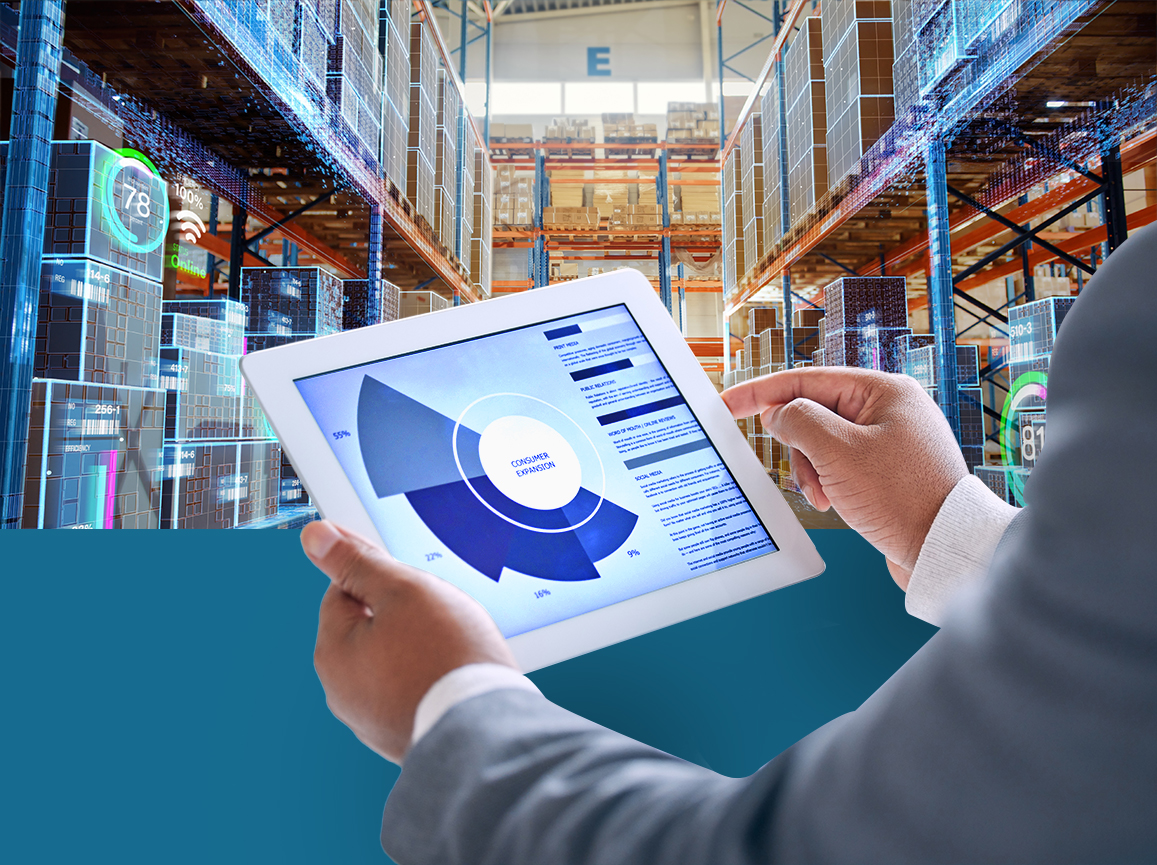What is EDI- Electronic Data Interchange Solution?
EDI is a simple electronic format that replaces paper-based documents and is used for intercompany communication in the standard form. Information sharing might occur within an organization or with third-party organizations or business partners.
The EDI solutions focus on providing quick and accurate data interchange and using existing EDI solutions that can help optimize your supply chain operations.
EDI Solution: Why is it needed?
There are several supply-chain issues that you might face as a business owner. These include inaccuracies in calculation and unwanted system delays. There’s also a chance of business transactions that may be paper-dependent.
More companies have increased digital platform use, and the demand for instant information has increased. The transactions done manually may only sometimes be ideal to meet this requirement. Fortunately, EDI can help you here.
EDI Solution vs. Non-EDI Solution
Understanding the difference between EDI and Non-EDI solutions can impact how your business operates and scales. Here’s a comprehensive understanding of the fundamental differences between the two.
Speed of the Process Cycle
The process order cycle is tiring and can impact your business’s overall efficiency. The process might involve multiple departments of the company. The efficiency of these systems determines how much time it takes for supplier payments. Therefore, a shorter and more efficient order system is the key to long-term business success.
A stand-alone EDI or a non-integrated one doesn’t operate according to the ERP system. Therefore, there’s higher manual-handling involved compared to an integrated EDI. It contributes to a lengthy purchase cycle and makes it more challenging. On the contrary, the integrated EDI connects your ERP systems (internally) and automates the purchase cycle.
Responsiveness of the System
Today, multiple internal and external business parties stay connected for commerce-related tasks. The link has made communication transparent and increased the process’s complexity. Fortunately, an integrated EDI can adjust to this complexity.
The separate EDI may not operate appropriately with ERP systems, which makes it challenging to maintain buying and selling speeds. The integrated ERP has excellent responsiveness and can handle multiple trading partners and payments simultaneously with minimal human interference.
Process Accuracy
The accuracy of procedures determines the long-term survival and profit of companies. A simple error in this calculation can negatively affect the third-party and external processes within your business. It will impact your vendor relationship and business reputation in the industry.
A stand-alone EDI may not be the best choice in these circumstances because there’s a higher possibility of errors. Apart from that, there may not be proper communication with the other ERP applications. This miscommunication can lead to substantial data loss.
The integrated EDIs can substantially increase the accuracy of the process used in the purchase. The integrated EDI systems can manage the systems and form proper communication with other ERP processes without a problem.
Process and Staff Productivity
Process efficiency impacts the productivity of the staff and directly impacts the business profit margin. EDI software is the best-suited option for businesses that wish to improve team and process efficiency for maximum ROI.
The stand-alone EDIs require training to monitor the purchase process and supervise the complete steps. The other EDIs automate and integrate the systems, allowing the teams to focus on significant tasks.
Thus, integrated EDI can boost the overall efficiency and productivity of the process and the team involved in the business. Moreover, the higher volume of purchase orders in a non-integrated EDI is much less than the integrated one.
Processing Costs
The purchase order business requires a lot of expenses, impacting the profit potential of the business model. It is true that some of these expenses must remain the same, as you cannot reduce or change them. However, with improvements and efficiency, you can change processing costs.
For instance, the right EDI system can cut labor costs by avoiding the supervision of teams. It also allows business owners to reduce the payment cycles and complete vendor payments on time.
Thus, this little EDI system change saves the business from facing chargebacks. Moreover, it lets them avail special discounts by vendors on an early payment. The stand-alone EDI may not consistently have the same efficient results.
Implementation
The time required by a business for the implementation process and the procedure complexity or challenge determines the cost of implementation. A well-crafted business process involves planning and addressing issues and prerequisites for formal implementations.
The integrated EDI software can connect to multiple internal and external applications and optimize the process. However, this option may be challenging to incorporate into your business.
Thus, you may need more time and resources to implement the integrated EDIs over non-integrated EDI ones.
EDI Service Providers: How to Decide?
The EDI technology may have more costs and need more time for incorporation, but it can offer benefits in the long term. Business owners may not get these benefits with the non-integrated EDI technology.
The integrated EDI is more flexible and can be scaled to match your organizational growth.
How can Electronic Data Interchange Providers help?
Integrated EDI solutions increase the efficiency and productivity of your business. They offer the best alternatives for better data sharing and management.
They can also help improve processing costs, increase staff productivity, and offer greater process accuracy. With the inclusion of integrated EDI systems, your business is likely to grow, better and faster.
If you are dealing with problems in supply chain management, a professional services provider can help you optimize the overall experience. PartnerLinQ could be the answer to your problems. PartnerLinQ has been serving the supply chain industry for many years and can give you valuable insights into everything about supply chain.
 PartnerlinQ
PartnerlinQ




